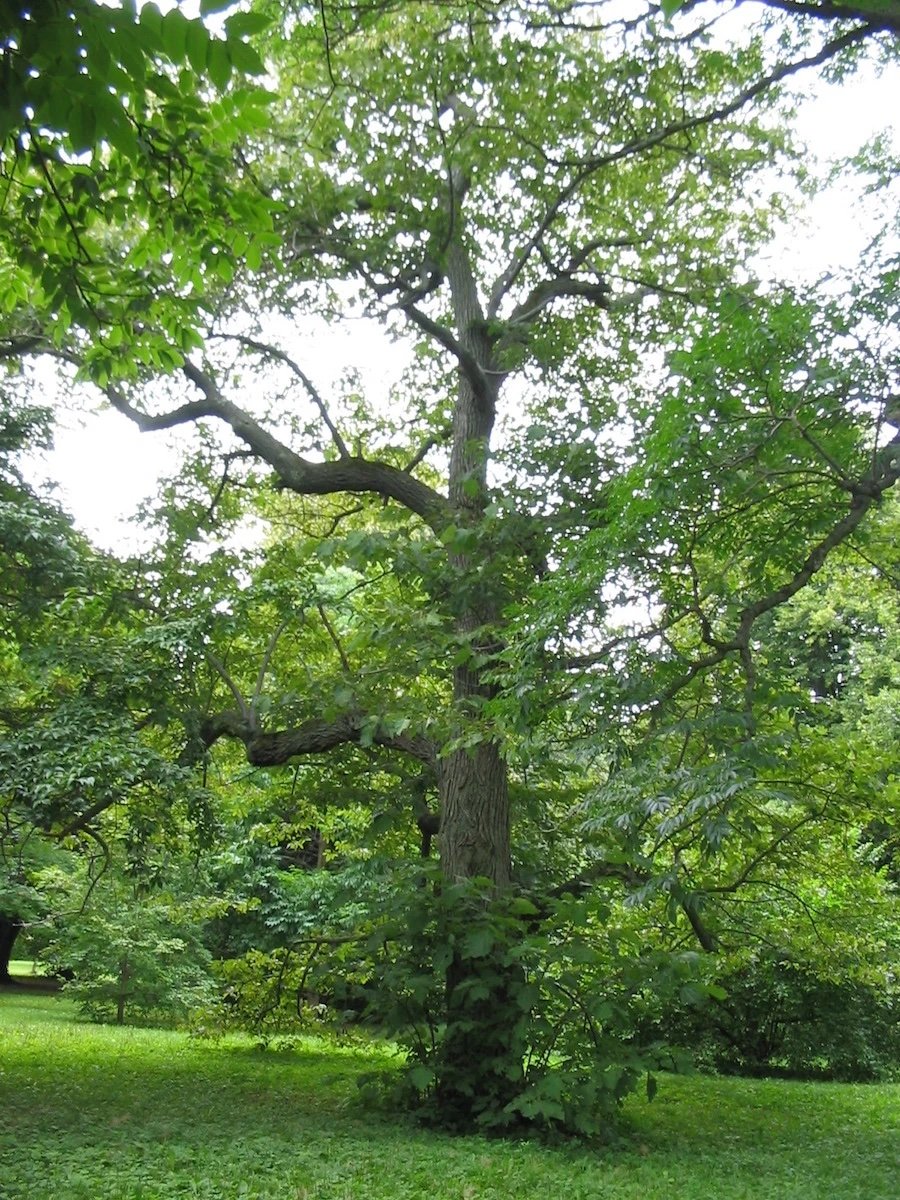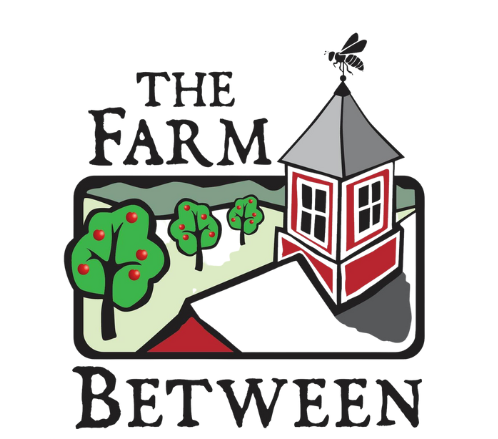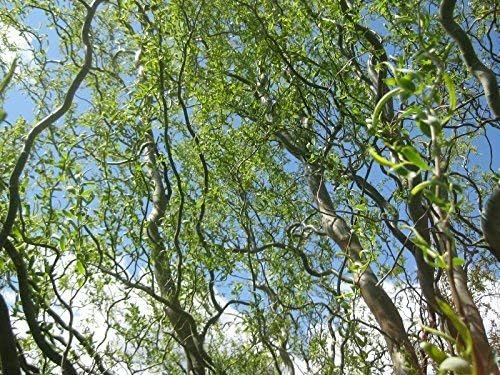 Image 1 of 1
Image 1 of 1


American Linden
Easy to grow in well-drained soils in full sun to part shade but will tolerate moderate drought. To thrive, it prefers moist, fertile, well-drained loams and can grow to be 50-80’ tall. Has fragrant pale yellow flowers in late spring that produce prolific nectar. Some call it the “Bee Tree” and honey from this tree is held in high regard. Flowers can be used for tea.
American Linden is native to the northeast (and midwest) in habitats such as dry upland areas as well as moist, low woods. Hardy to zone 3. Potted 18-24” whip.
Tilia americana
Photo Credit: Fedco Seeds
Available for ON-FARM PICK UP only.
Easy to grow in well-drained soils in full sun to part shade but will tolerate moderate drought. To thrive, it prefers moist, fertile, well-drained loams and can grow to be 50-80’ tall. Has fragrant pale yellow flowers in late spring that produce prolific nectar. Some call it the “Bee Tree” and honey from this tree is held in high regard. Flowers can be used for tea.
American Linden is native to the northeast (and midwest) in habitats such as dry upland areas as well as moist, low woods. Hardy to zone 3. Potted 18-24” whip.
Tilia americana
Photo Credit: Fedco Seeds
Available for ON-FARM PICK UP only.





